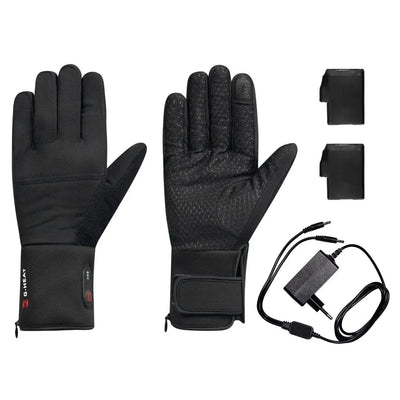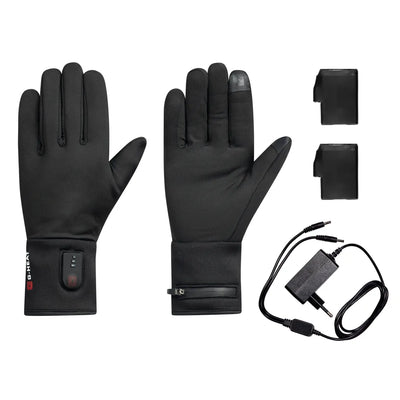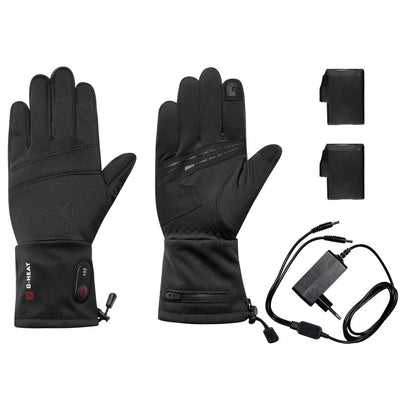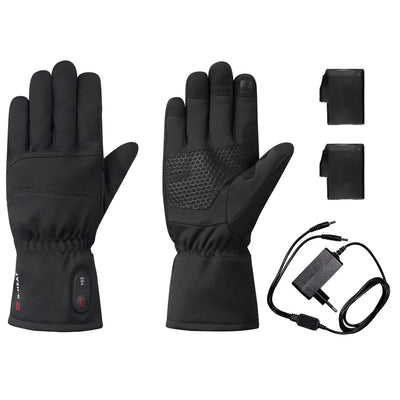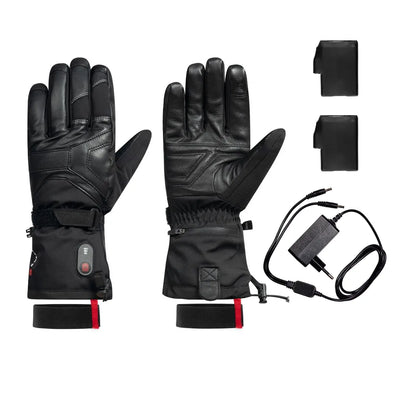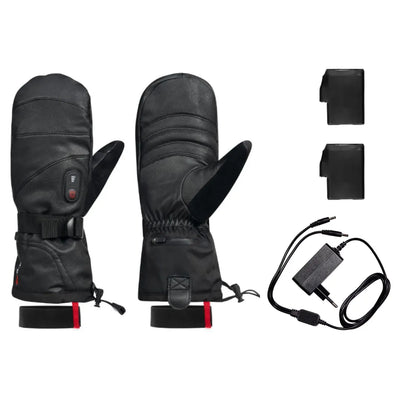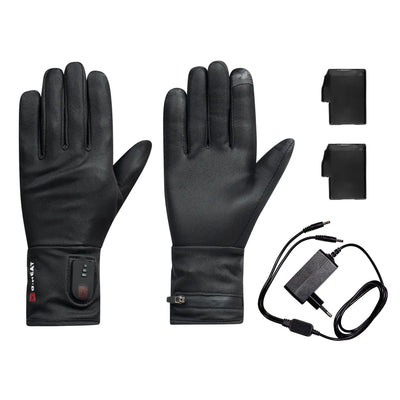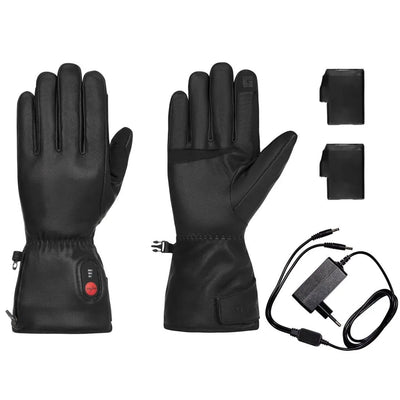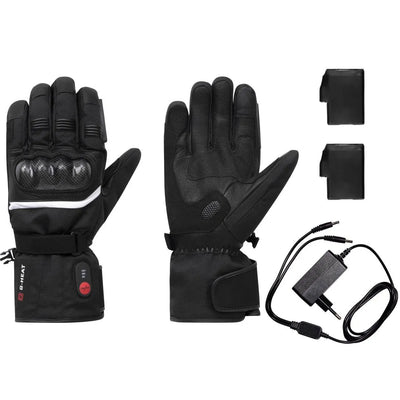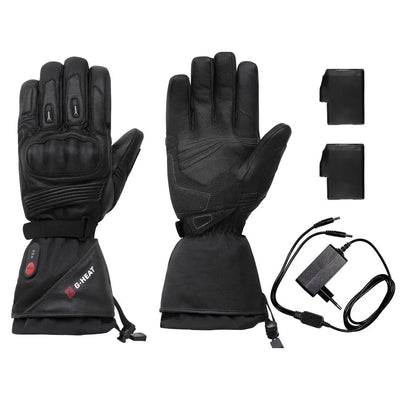
Winter sports
There are no products matching your search.
Body thermoregulation
Man is a homeotherm: a living being whose constant average temperature is independent of the surrounding environment...
Resisting cold, adapting to heat, maintaining a constant internal temperature of around 37°C, whatever your metabolic rate or the temperature of the surrounding environment: this is the principle of thermoregulation.
When a person is exposed to the cold for too long, their body may become unable to maintain an adequate temperature to function properly. If the oral temperature falls below 35°C, the person is hypothermic.
Hyperthermia, on the other hand, is a rise in body temperature caused by an accumulation of heat. This phenomenon occurs particularly in the event of sunstroke or heatwave.
Too much cold or too much heat is a source of discomfort, and can even lead to injuries such as frostbite...
Why are hands and feet more exposed to the cold?
Feet and hands are the first limbs affected by the sensation of cold, mainly due to reduced blood circulation at these levels. In addition to a sensation of local cold, this creates a loss of motricity and overall body fatigue.
The brain, alerted by this unpleasant sensation, triggers a surge of energy to warm the hands and feet, without success for the most sensitive.
For example, people with Raynaud's disease (3-12% of men and 6-20% of women are affected). This is followed by a feeling of weakness accompanied by shivering.
The benefits of heated garments
To (re)act when the body can no longer do so, and to prevent the risks associated with the cold, G-Heat has developed a range of heated garments to provide continuous warmth, well-being and comfort during your activities.
High-performance garments for outdoor activities in cold weather, which can even be used without batteries when temperatures remain cool but bearable, but also as comfort aids for anyone suffering from the cold.
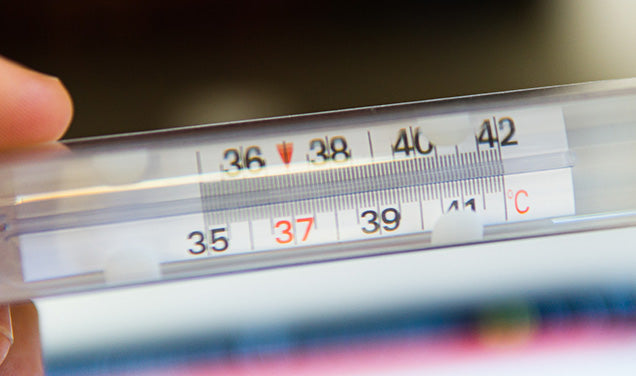
How do you operate your heated ski clothing?
Before using for the first time, fully charge the batteries for 12 hours. Thereafter, we recommend recharging your batteries before and after each use to get the most out of your heated garment.
It's also very important to charge your batteries thoroughly at the end of each winter season, or before any long period of storage. We strongly recommend charging them at least every 3/4 months.
How do you store your batteries?
A battery must be stored full to avoid deterioration.
How do you care for your heated ski gloves?
Do you have heated ski gloves?
We recommend washing your gloves by hand (or on the surface), using lukewarm water and soap or a mild detergent without fabric softener, after removing the battery. We do not recommend machine washing.
To wring them out and dry them, you'll need a little patience. Don't try to wring them out, or dry them on a radiator or in a tumble-dryer, as you risk damaging the heating systems: that would be a shame!
Body thermoregulation
Man is a homeotherm: a living being whose constant average temperature is independent of the surrounding environment...
Resisting cold, adapting to heat, maintaining a constant internal temperature of around 37°C, whatever your metabolic rate or the temperature of the surrounding environment: this is the principle of thermoregulation.
When a person is exposed to the cold for too long, their body may become unable to maintain an adequate temperature to function properly. If the oral temperature falls below 35°C, the person is hypothermic.
Hyperthermia, on the other hand, is a rise in body temperature caused by an accumulation of heat. This phenomenon occurs particularly in the event of sunstroke or heatwave.
Too much cold or too much heat is a source of discomfort, and can even lead to injuries such as frostbite...
Why are hands and feet more exposed to the cold?
Feet and hands are the first limbs affected by the sensation of cold, mainly due to reduced blood circulation at these levels. In addition to a sensation of local cold, this creates a loss of motricity and overall body fatigue.
The brain, alerted by this unpleasant sensation, triggers a surge of energy to warm the hands and feet, without success for the most sensitive.
For example, people with Raynaud's disease (3-12% of men and 6-20% of women are affected). This is followed by a feeling of weakness accompanied by shivering.
The benefits of heated garments
To (re)act when the body can no longer do so, and to prevent the risks associated with the cold, G-Heat has developed a range of heated garments to provide continuous warmth, well-being and comfort during your activities.
High-performance garments for outdoor activities in cold weather, which can even be used without batteries when temperatures remain cool but bearable, but also as comfort aids for anyone suffering from the cold.

How do you operate your heated ski clothing?
Before using for the first time, fully charge the batteries for 12 hours. Thereafter, we recommend recharging your batteries before and after each use to get the most out of your heated garment.
It's also very important to charge your batteries thoroughly at the end of each winter season, or before any long period of storage. We strongly recommend charging them at least every 3/4 months.
How do you store your batteries?
A battery must be stored full to avoid deterioration.
How do you care for your heated ski gloves?
Do you have heated ski gloves?
We recommend washing your gloves by hand (or on the surface), using lukewarm water and soap or a mild detergent without fabric softener, after removing the battery. We do not recommend machine washing.
To wring them out and dry them, you'll need a little patience. Don't try to wring them out, or dry them on a radiator or in a tumble-dryer, as you risk damaging the heating systems: that would be a shame!





